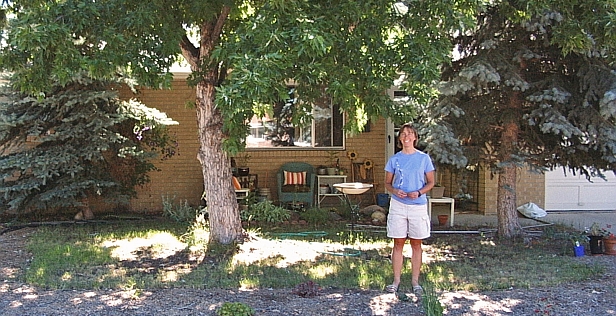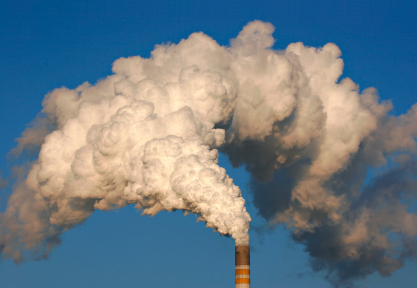The EPA announced a proposal today that will cut power-plant pollution in 31 states, replacing a Bush administration cap-and-trade system overturned by the courts.
The announcement comes as the chatter on Capitol Hill has turned to a utility-only approach to cap-and-trade.
The targets of EPA’s proposed rule are not greenhouse gases, but two unhealthy toxins released into air when coal is burned — sulfur dioxide (SO2) and nitrogen oxides (NOx). The substances are dangerous thanks in part to the tiny particles that can wreak havoc on our respiratory systems. The consequences: asthma, heart disease, and cancer.
Adding to the drama is the fact that many eastern states like New York are downwind of hulking Midwestern plants that spew these pollutants. Their citizens are sickened by the pollution created further west, a problem that the new rule is meant to help address.
Under Bush, the EPA instituted the Clean Air Interstate Rule (CAIR), in an attempt to force states to be “good neighbors” and keep their toxins to themselves. But the judges of the D.C. Circuit found that the Clean Air Act did not give the agency permission to create the extensive trading system in the rule, deciding that the statute required states to actually rein in their own emissions, rather than purchasing allowances to meet reduction requirements.
EPA’s new preferred approach, if adopted, allows for some interstate trading, which the agency does not believe runs afoul of the D.C. Circuit’s requirement that states meet reduction obligations. Another alternative being considered by the agency would allow for only intra-state trading: Ohio plants would be able to buy permits, but only from other Ohioan plants. The final alternative allows for very little trading, even within a state.
Restrictions on trading create some inefficiency since what matters is how clean the air is, not how pollution in each state is reduced. Whether cleaner air is a result of Ohio’s plants reducing the pollution they blow across into the East Coast, or because they pay New York plants to cut their emissions, the end result is cleaner air. The court’s decision overturning the 2005 CAIR rule was made for legal rather than public policy reasons — it was a narrow interpretation of the Clean Air Act that ultimately increased the price tag of this regulation, without improving environmental outcomes.
Nevertheless, the agency estimates that in 2012, one million tons of SO2 and around 150,000 tons of NOx will be eliminated under this rule compared with the 2005 CAIR version. Considering the toxicity of these chemicals, that is a major improvement. The health benefits of taking SO2 and NOx out of the air are so great that, even at a higher price, the rule is still vastly cost-benefit justified, saving lives, and generating economic value.
The EPA says the annual benefits of the regulation will be between $120 billion and $290 billion compared to a price tag of $2.8 billion — a huge return for a relatively modest investment.
With similarly structured legislation for greenhouse gases being discussed in Congress, Members should take note: The real lesson here is that cap-and-trade is not an economic killer. CAIR’s cap-and-trade style regulations have been in place since 2005 (the court allowed them to stand as the EPA developed new rules) and have not caused economic doom-and-gloom.
As senators weigh their options for reducing carbon pollution they might do well to examine existing, successful examples of cap-and-trade systems that have cruised along for years without the kinds of cataclysmic consequences that panic legislators.



